AO Edited
‘Insect Mound’
Nestled among the bamboos in a temple complex, this art installation serves as a unique memorial to insects.
Certain insects, such as the rhinoceros beetle and the Prosopocoilus stag beetle, are extremely popular in Japan. Catching these beetles is a common summer activity for children in forested regions, and people of all ages also embrace them as pets, though their lifespans are quite short and may only last one season. Crickets, cicadas and butterflies are also quite popular, while cockroaches, mosquitoes and houseflies are killed by the hundreds.
Nestled among the bamboo in the Keichō-ji complex in Kamakura, one of the oldest Zen Buddhist temples in Japan, a unique memorial was installed in 2015 and dedicated to insects whose lives have been taken by humans. It is called Mushizuka, or the Insect Mound. The concept was conceived by Takeshi Yoro, an anatomist known for his love for insects, and the design was done by world-renowned architect Kengo Kuma.
Surrounded by sculptures of beetles, the “mound” refers to an art installation by the rocky cliff, which is composed of what appears to be insect cages, perhaps not unlike those used by children to keep their pet beetles. The light, intricate design is meant to contrast the traditional, “heavy” types of memorial monuments, such as in stone or bronze.
The sculptures mainly depict stag beetles and weevils, with a few of them designed for use as benches. Nearby, carved out of the cliff wall is a yagura, a medieval burial cave common in the city of Kamakura, with long-worn Buddhist sculptures sitting inside.

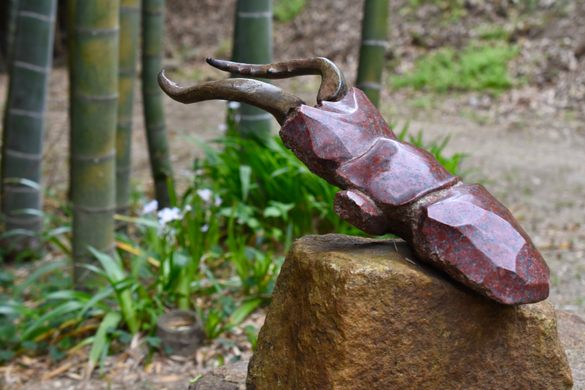

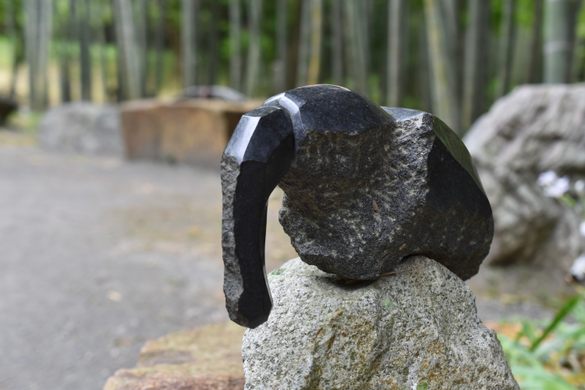
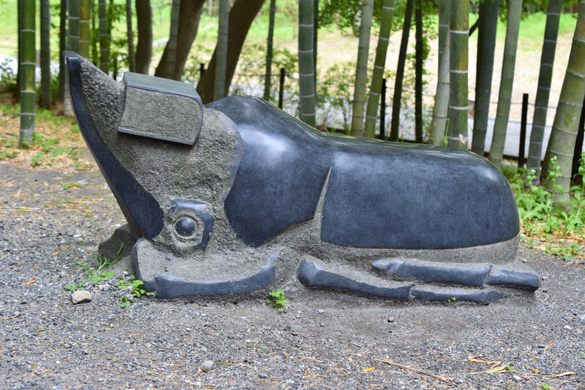
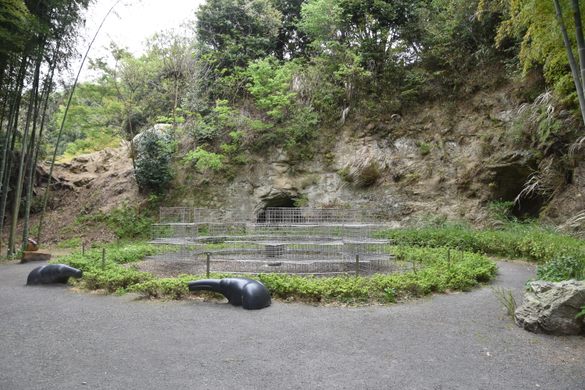
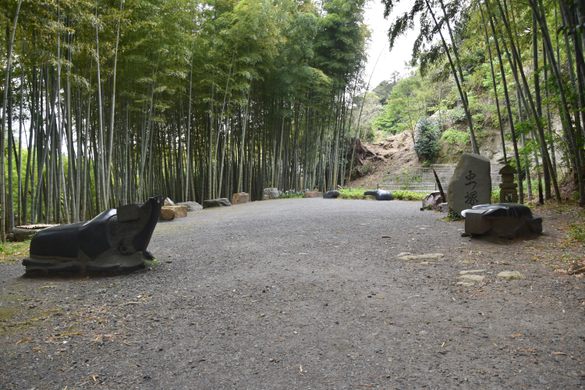
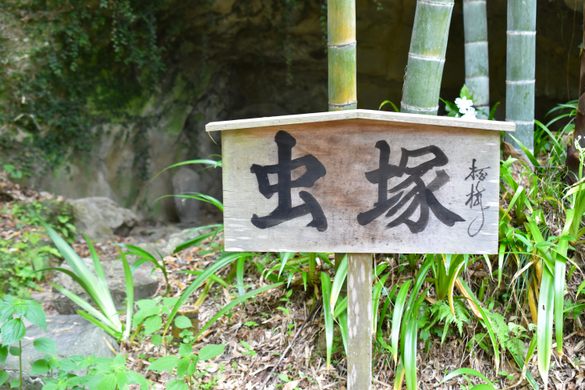
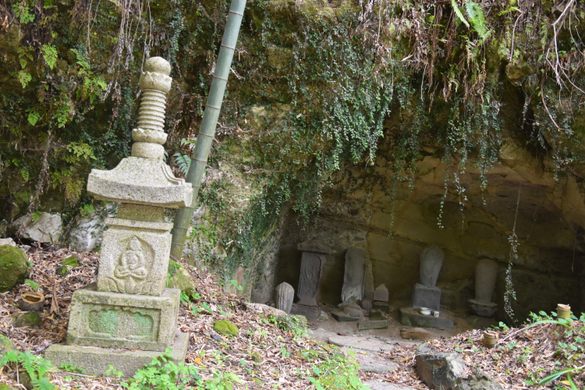




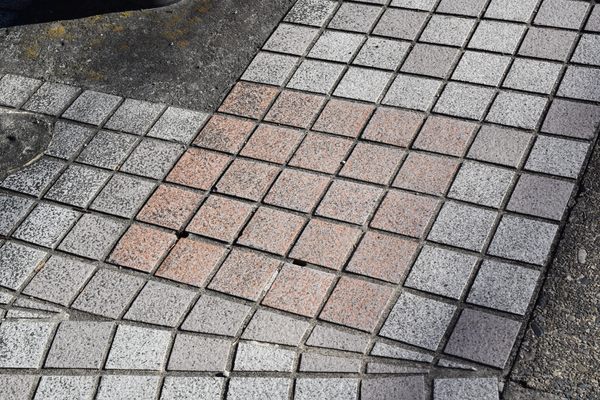

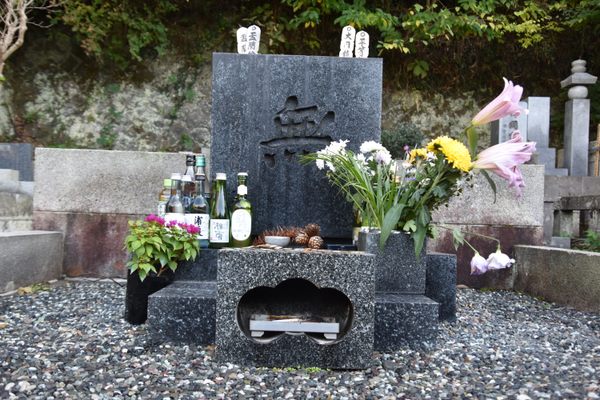




Follow us on Twitter to get the latest on the world's hidden wonders.
Like us on Facebook to get the latest on the world's hidden wonders.
Follow us on Twitter Like us on Facebook